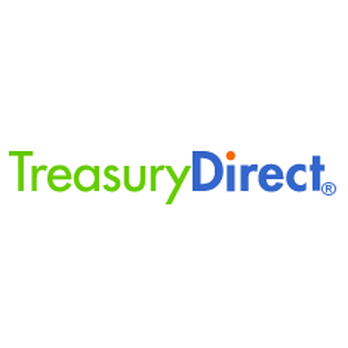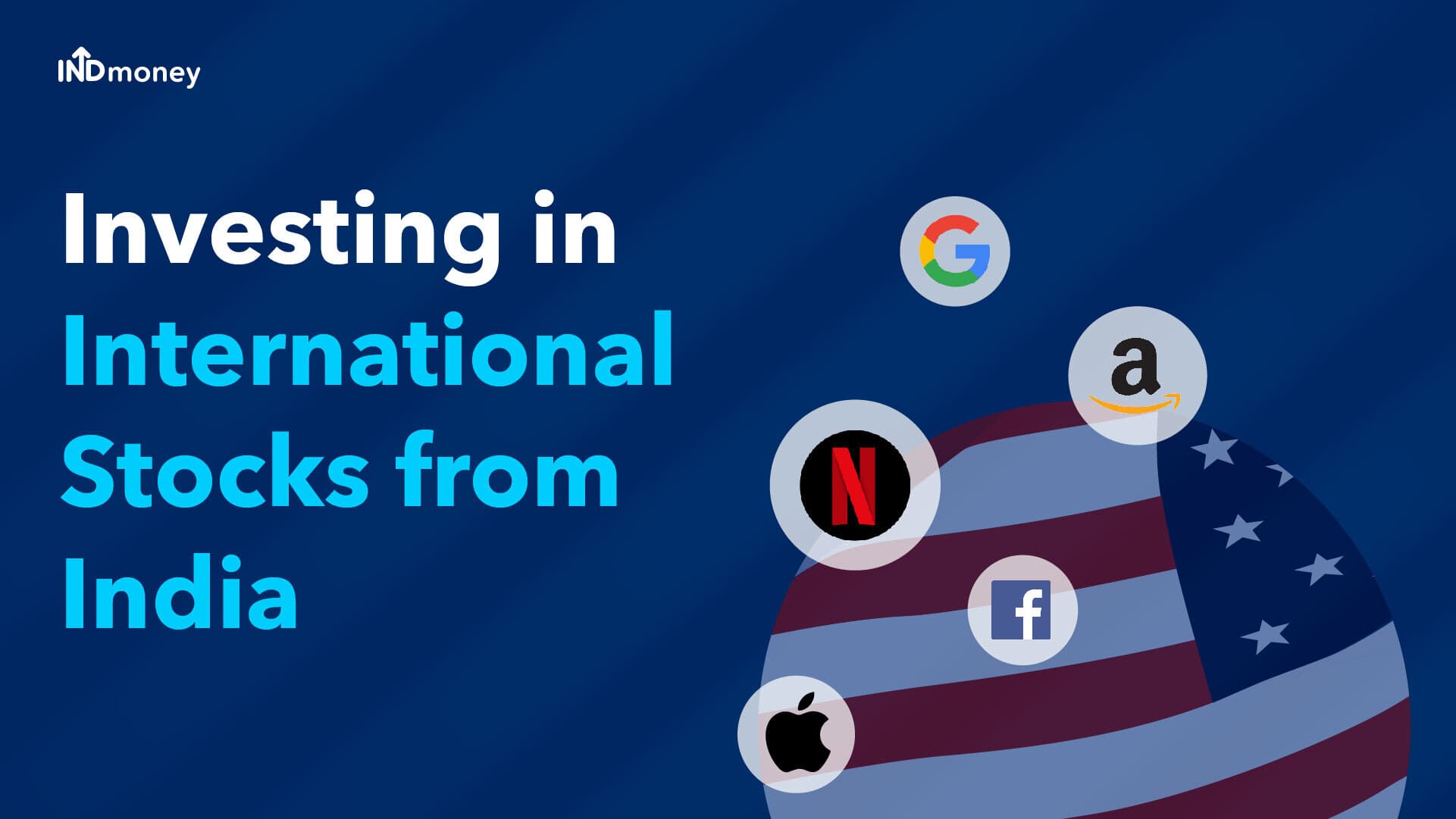
If you are new to forex, there are many things you should know before beginning to day trade. This article will cover everything from Intraday strategy training to figuring out which Currency pairs to trade with a small amount of money. You will also learn about trading spreads, fees, and how to make a risk management strategy. The article will give you an in-depth understanding of day trades. You can feel confident that you will make it big in forex trading by following these simple tips.
Intraday strategy training
Discipline is required to master forex day trading strategies. To identify potential price developments and opportunities, traders in this field must constantly monitor both technical and fundamental indicators. Although it is possible to make huge profits with very few chips, there is a lot of risk associated with trading. Intraday trading requires that you monitor prices and not react to emotions. This article will give you some tips and tricks for success.
Before you can start forex trading, you need to know your risk tolerance. Your trading decisions will be affected greatly by your risk tolerance. This factor will determine the trading strategy that best suits your risk tolerance. For example, short-term trading strategies can be riskier than long-term ones, because they require a higher number of trades. Trading simulators and backtesting are great for evaluating new strategies.

Currency pairs suitable to trade with a small amount of money
The US dollar and Swiss Franc are a great currency pair for beginners. Although Switzerland doesn't have a large economic base, it's a popular trading pair thanks to the Swiss Franc's stable government system and financial system during periods of economic uncertainty. While this pair is not as liquid than the major currency pairs it is still very popular among traders. However, if you have only a small amount of money to invest, this pair might not be the best choice for you.
The US Dollar and the Japanese Yon are another pair with low volatility. The Asian market is a frequent place for the US dollar and the Japanese yen to trade. The Bank of Japan and US Federal Reserve determine the exchange rate of these currencies. The Australian export value of commodities is one of the other factors that affect the currency's cost. You will find it easier to choose the right currency pair for your trading experience and financial goals.
Spreads and fees for trading
Day traders often purchase options, stocks and futures in the stock markets. You can also trade in currency, commodities, the interest rate and futures on stock market indexes. Some day traders use an intra-day technique called scalping to trade on and off at set points during the day. The difference in the ask and bid prices determines the commission they pay. These fees can greatly reduce the returns you receive.
The transaction costs associated with day trading are high. These costs include trading charges, fees, taxes, as well as trading commissions. These fees must be paid in order to purchase or trade a security. These fees are an inevitable part in day trading. Day traders need to take the time and research all information before they invest. It is clear that day trading costs are higher than many investors believe.

The creation of a risk management program
A proper risk management strategy for day trading on forex involves identifying and quantifying your goals. Setting realistic goals can reduce frustration and improve the efficiency of trading. It is possible to break down your goals into smaller parts to make them easier and less stressful. To minimize losses and maximize profits, you can use risk management strategies. Once you have defined your goals, you can put together a plan to get there.
Your overall success is dependent on your ability to develop a risk-management strategy for Forex day trading. While a successful trading strategy is crucial, taking on too much risk in any single trade can significantly reduce the value of your system. Your trading profits can be increased by incorporating risk management techniques into your strategy. The risk management PDF explains everything in simple language.
FAQ
Why is a stock called security.
Security is an investment instrument whose value depends on another company. It could be issued by a corporation, government, or other entity (e.g. prefer stocks). If the underlying asset loses its value, the issuer may promise to pay dividends to shareholders or repay creditors' debt obligations.
How do people lose money on the stock market?
The stock exchange is not a place you can make money selling high and buying cheap. It is a place where you can make money by selling high and buying low.
The stock exchange is a great place to invest if you are open to taking on risks. They are willing to sell stocks when they believe they are too expensive and buy stocks at a price they don't think is fair.
They are hoping to benefit from the market's downs and ups. But if they don't watch out, they could lose all their money.
Are bonds tradable?
Yes they are. As shares, bonds can also be traded on exchanges. They have been trading on exchanges for years.
The only difference is that you can not buy a bond directly at an issuer. They must be purchased through a broker.
Because there are less intermediaries, buying bonds is easier. This also means that if you want to sell a bond, you must find someone willing to buy it from you.
There are many different types of bonds. Some bonds pay interest at regular intervals and others do not.
Some pay interest quarterly while others pay an annual rate. These differences make it possible to compare bonds.
Bonds are a great way to invest money. For example, if you invest PS10,000 in a savings account, you would earn 0.75% interest per year. If you were to invest the same amount in a 10-year Government Bond, you would get 12.5% interest every year.
If you were to put all of these investments into a portfolio, then the total return over ten years would be higher using the bond investment.
Statistics
- Individuals with very limited financial experience are either terrified by horror stories of average investors losing 50% of their portfolio value or are beguiled by "hot tips" that bear the promise of huge rewards but seldom pay off. (investopedia.com)
- For instance, an individual or entity that owns 100,000 shares of a company with one million outstanding shares would have a 10% ownership stake. (investopedia.com)
- Even if you find talent for trading stocks, allocating more than 10% of your portfolio to an individual stock can expose your savings to too much volatility. (nerdwallet.com)
- Our focus on Main Street investors reflects the fact that American households own $38 trillion worth of equities, more than 59 percent of the U.S. equity market either directly or indirectly through mutual funds, retirement accounts, and other investments. (sec.gov)
External Links
How To
How to open a Trading Account
Opening a brokerage account is the first step. There are many brokers out there, and they all offer different services. There are many brokers that charge fees and others that don't. Etrade, TD Ameritrade Fidelity Schwab Scottrade Interactive Brokers are some of the most popular brokerages.
Once your account has been opened, you will need to choose which type of account to open. You should choose one of these options:
-
Individual Retirement Accounts (IRAs).
-
Roth Individual Retirement Accounts
-
401(k)s
-
403(b)s
-
SIMPLE IRAs
-
SEP IRAs
-
SIMPLE 401(k).
Each option has different benefits. IRA accounts have tax advantages but require more paperwork than other options. Roth IRAs allow investors to deduct contributions from their taxable income but cannot be used as a source of funds for withdrawals. SEP IRAs are similar to SIMPLE IRAs, except they can also be funded with employer matching dollars. SIMPLE IRAs have a simple setup and are easy to maintain. These IRAs allow employees to make pre-tax contributions and employers can match them.
The final step is to decide how much money you wish to invest. This is the initial deposit. Most brokers will give you a range of deposits based on your desired return. Based on your desired return, you could receive between $5,000 and $10,000. The lower end represents a conservative approach while the higher end represents a risky strategy.
After choosing the type of account that you would like, decide how much money. You must invest a minimum amount with each broker. These minimum amounts vary from broker-to-broker, so be sure to verify with each broker.
After choosing the type account that suits your needs and the amount you are willing to invest, you can choose a broker. Before choosing a broker, you should consider these factors:
-
Fees: Make sure your fees are clear and fair. Many brokers will offer rebates or free trades as a way to hide their fees. Some brokers will increase their fees once you have made your first trade. Avoid any broker that tries to get you to pay extra fees.
-
Customer service - Find customer service representatives who have a good knowledge of their products and are able to quickly answer any questions.
-
Security - Make sure you choose a broker that offers security features such multi-signature technology, two-factor authentication, and other.
-
Mobile apps – Check to see if the broker provides mobile apps that enable you to access your portfolio wherever you are using your smartphone.
-
Social media presence - Find out if the broker has an active social media presence. If they don’t, it may be time to move.
-
Technology – Does the broker use cutting edge technology? Is the trading platform simple to use? Are there any issues with the system?
After you have chosen a broker, sign up for an account. Some brokers offer free trials. Others charge a small amount to get started. You will need to confirm your phone number, email address and password after signing up. Then, you'll be asked to provide personal information such as your name, date of birth, and social security number. You'll need to provide proof of identity to verify your identity.
After your verification, you will receive emails from the new brokerage firm. It's important to read these emails carefully because they contain important information about your account. The emails will tell you which assets you are allowed to buy or sell, the types and associated fees. Track any special promotions your broker sends. These could include referral bonuses, contests, or even free trades!
Next, you will need to open an account online. An online account can be opened through TradeStation or Interactive Brokers. Both websites are great resources for beginners. When you open an account, you will usually need to provide your full address, telephone number, email address, as well as other information. Once this information is submitted, you'll receive an activation code. This code will allow you to log in to your account and complete the process.
After opening an account, it's time to invest!